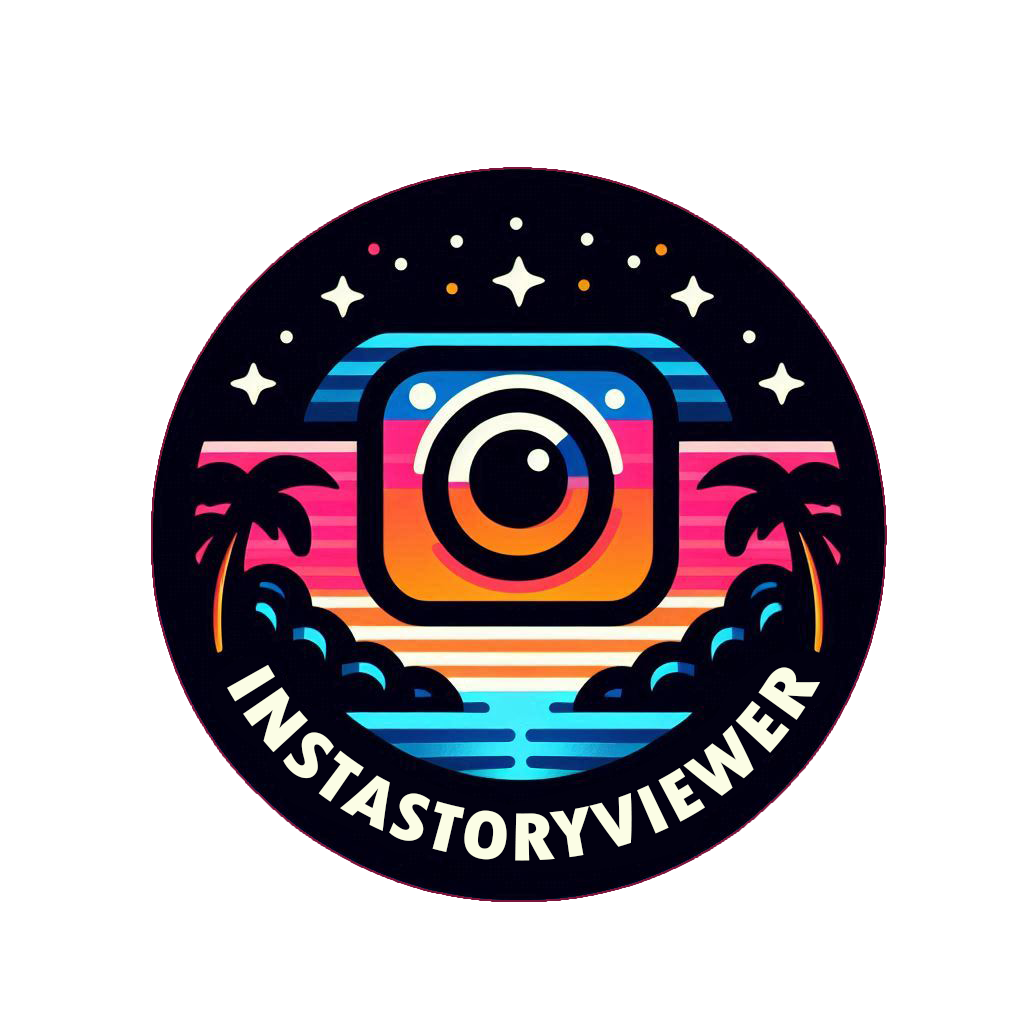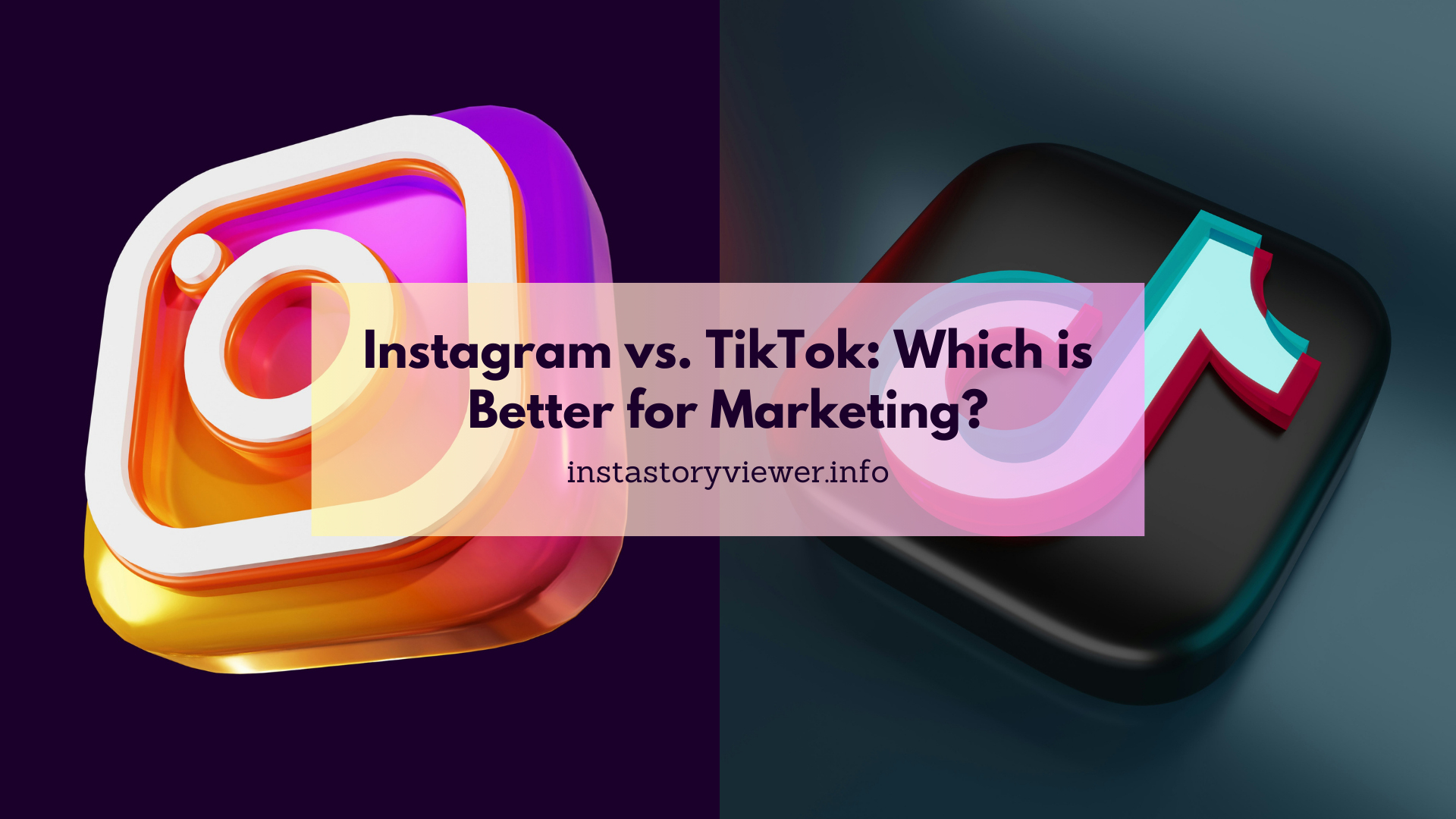As brands strive to cut through the noise of social media, many marketers find themselves asking the question: Instagram or TikTok? Both platforms offer massive audiences, engaging formats, and plenty of creative tools. But choosing the best platform for your brand depends on your goals, target audience, and the type of content you want to create. To help you decide, let’s dive into a detailed comparison of Instagram and TikTok and discover which is best for marketing.
Why the Instagram vs. TikTok Debate Matters for Marketers
While both Instagram and TikTok offer the potential for high engagement, they cater to different audiences and styles. Instagram has long been a leader in visual storytelling, known for its aesthetically rich posts, while TikTok’s main appeal lies in short, engaging videos that ride the wave of viral trends. So, how do you decide where to invest your time, creativity, and ad budget?
Understanding the differences between the two platforms can help you align your strategy with the unique advantages each offers.
1. Audience Demographics: Who’s Watching?
- Age: Instagram has a broad age demographic, popular among users aged 25-34 but with strong representation across other age groups.
- Interests: Instagram users are often interested in lifestyle, fashion, travel, and technology content, making it ideal for brands with visually rich products and services.
TikTok
- Age: With over 60% of users between 16-24, TikTok has a younger audience. This demographic enjoys fast-paced, engaging, and often humorous content.
- Interests: TikTok fans are big on entertainment and trends, especially those centered on humor, challenges, and creativity.
Takeaway: If you’re targeting Gen Z with content that aligns with their fast-paced, fun-first interests, TikTok might be the best platform. For brands targeting a wider or slightly older audience, Instagram’s reach and content diversity make it a strong contender.
2. Content Format and Flexibility: How Do You Tell Your Story?
Instagram
Instagram offers a variety of content types, allowing for a multi-faceted approach:
- Photos: High-quality images are a staple for visually-driven brands.
- Stories: Great for short-lived, behind-the-scenes content and engaging with followers in real-time.
- Reels: Instagram’s answer to TikTok, focusing on short-form, music-enhanced videos.
- IGTV and Lives: Ideal for long-form content and real-time interaction.
TikTok
TikTok’s format revolves around short, creative videos, with a few unique twists:
- Videos (15-60 seconds): Quick, creative, and often humorous.
- Duets: Allows users to interact with other videos, creating unique, collaborative content.
- Hashtag Challenges: These can boost brand engagement, encouraging user-generated content under a specific theme.
Takeaway: Instagram’s variety of formats allows brands to experiment with images, videos, and stories, making it ideal for storytelling. TikTok, however, shines for brands that prioritize creativity and can work within the 60-second video format, embracing trends and challenges.
3. Algorithm and Discoverability: Can Your Content Go Viral?
Instagram’s Algorithm
Instagram prioritizes content based on:
- Engagement: More likes, comments, and shares help boost visibility.
- Relationships: Content from accounts a user regularly interacts with appears higher in their feed.
- Relevance: Hashtags, location tags, and user interests factor into what gets shown.
TikTok’s Algorithm
TikTok’s For You Page (FYP) offers unique visibility:
- Engagement: Videos with high replay value and shares tend to appear on more FYPs.
- Interests: The algorithm quickly adapts to users’ preferences, serving them highly relevant content.
- Virality: TikTok is known for making videos from even small accounts go viral if the content resonates.
Takeaway: TikTok’s algorithm offers greater potential for virality, especially for creative brands looking to gain visibility quickly. Instagram, while not as “viral-friendly,” is excellent for targeted engagement with an established follower base.
4. Engagement Rates: Where Are People Most Engaged?
Instagram
Instagram’s engagement varies by format:
- Stories: Known for high engagement due to their time-sensitive nature.
- Reels: Drives strong engagement, especially when using popular music and effects.
- Photos and Videos: While engagement has decreased on static posts, visually compelling content can still perform well.
TikTok
TikTok engagement is highly concentrated on the FYP and user participation:
- High Reach: Videos can achieve widespread reach even without a large following.
- Hashtag Challenges and Trends: Community-driven content sees high engagement as users join in on popular challenges.
Takeaway: TikTok generally sees higher engagement due to its emphasis on virality. However, Instagram’s engagement across diverse formats makes it ideal for brands needing a consistent, reliable strategy.
5. Advertising Capabilities: Where’s Your Ad Budget Best Spent?
Instagram Ads
Instagram offers a range of ad formats:
- Photo and Video Ads: Appear in the main feed and are great for showcasing products.
- Story Ads: Ideal for quick, visually compelling promotions.
- Reels Ads: Excellent for brands looking to leverage TikTok-like, short-form video content.
TikTok Ads
TikTok’s advertising suite is built for engagement:
- In-Feed Ads: Appear on the FYP, seamlessly integrated with user content.
- Branded Hashtag Challenges: Encourages user-generated content for greater brand exposure.
- Top View and Branded Effects: Boost brand recognition through unique, creative ads.
Takeaway: Instagram’s ad platform offers greater flexibility and detailed targeting, making it ideal for specific audience campaigns. TikTok ads tend to favor broader, creative-focused campaigns that resonate with younger audiences.
6. Cost-Effectiveness and ROI: Which Platform Delivers More Bang for Your Buck?
Instagram ROI
While Instagram has higher CPC rates, it offers a solid return for brand visibility and long-term engagement. It’s particularly effective for visually appealing products and targeting higher-income demographics.
TikTok ROI
TikTok’s lower CPC combined with its high engagement potential makes it cost-effective for brands targeting younger, trend-oriented audiences. Brands that can ride trends and generate UGC see the best returns.
Takeaway: TikTok is often more cost-effective for brands aiming to reach younger users through viral trends. Instagram offers better ROI for brands that need a consistent, visually-driven, brand-focused approach.
Final Verdict: Which is Better for Marketing?
When Instagram Wins
If your brand prioritizes visually compelling storytelling, consistency, and a slightly older or more diverse audience, Instagram is the way to go. The platform’s variety of formats supports both long-term engagement and immediate visibility through Stories, Reels, and posts.
When TikTok Wins
For brands that can adapt to trends and have creative, quick-hitting content, TikTok’s engagement and virality potential make it a top choice. TikTok is especially effective for brands targeting Gen Z and looking for rapid visibility and interaction.
Final Thought
Ultimately, choosing between Instagram and TikTok depends on your audience and content goals. Both platforms have their strengths, and many brands see success using both—Instagram for steady brand-building and TikTok for reaching new audiences and generating buzz through trends. Experiment, track your results, and refine your strategy to see which platform works best for your brand’s growth.
With a strategic approach, you’ll be well on your way to harnessing the power of social media for your brand’s success.


Leave a Reply